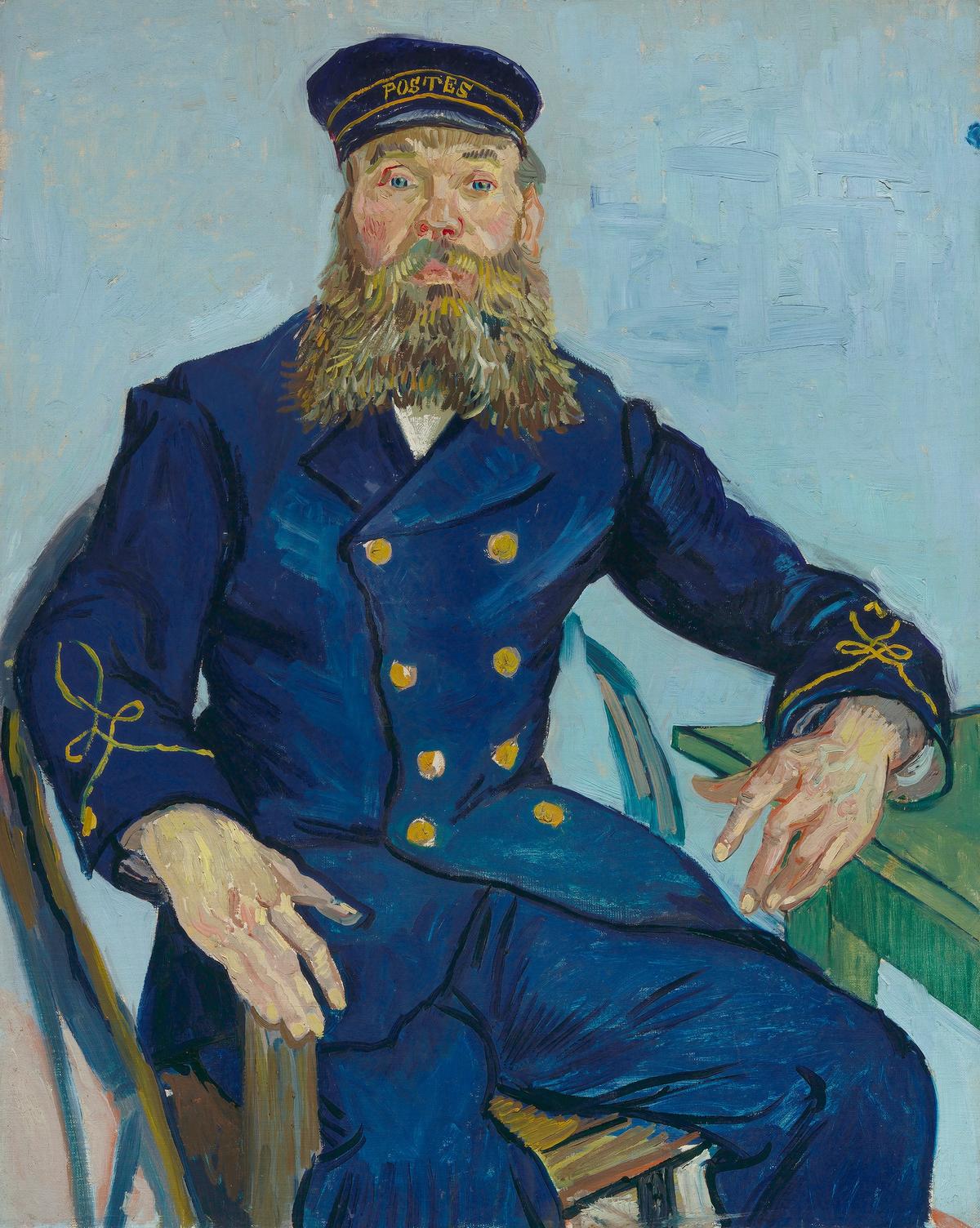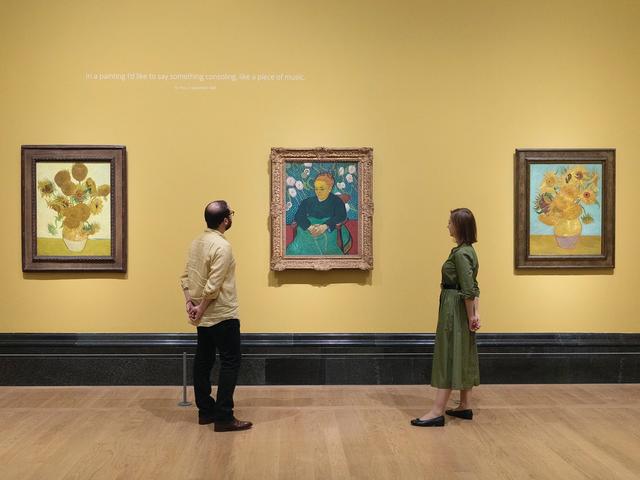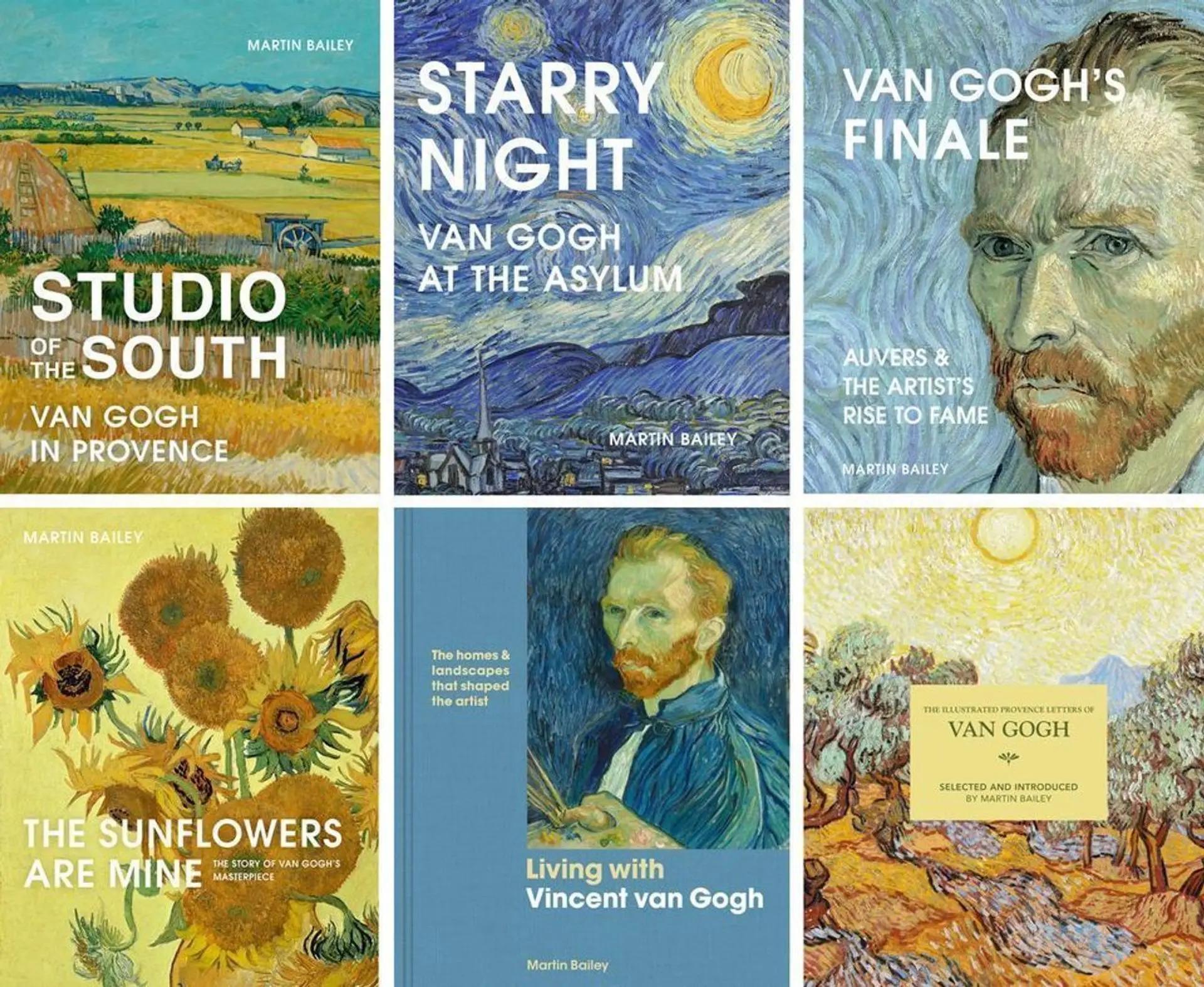An exhibition is being planned on portraits of Van Gogh’s closest friend in Provence: the postman Joseph Roulin. Proudly sporting his distinctive uniform, the heavily bearded man appears in six paintings—and with his wife and children in 17 more.
In his entire career, Van Gogh never made so many portraits of a single family. Just over half of these are to be reassembled, from around the world, for a two-venue show.
Van Gogh: The Roulin Family Portraits will run at Boston’s Museum of Fine Arts (30 March-7 September 2025) and the Van Gogh Museum in Amsterdam (3 October 2025-11 January 2026).
Joseph Roulin was in charge of handling post at the railway station in Arles, which lies on the main route from Paris to Marseilles. Then aged 47, Roulin probably first met Van Gogh at the bar of the Café de la Gare, less than three minutes’ walk away from both the station and Van Gogh’s Yellow House. Van Gogh described his new companion as “something of an alcoholic”.
The first portrait shows Roulin sitting by a table, probably inside the Yellow House. The postman stares ahead, appearing slightly ill at ease. Van Gogh admitted in a letter to his a friend that Roulin was “getting too stiff while posing”.
Van Gogh and Roulin socialised frequently during the summer and autumn of 1888. After the terrible ear mutilation just before Christmas, it was the postman who came to the artist’s rescue. Roulin helped clear up the blood-stained Yellow House, regularly visited his friend in hospital, kept Vincent’s brother Theo informed, and helped the patient to be discharged in January.

Van Gogh’s drawing of Joseph Roulin, in Los Angeles (August 1888, upper left), and three of the paintings, in Winterthur (December 1888, upper right), Otterlo (early 1889, lower left) and New York (early 1889, lower right). The Winterthur and Otterlo paintings will only be shown in the Amsterdam exhibition (two other portraits, in Detroit and Philadelphia, are not available on loan). © J. Paul Getty Museum, Los Angeles (upper left), Kunst Museum Winterthur (Schenkung der Erben von Georg Reinhart, 1955) (upper right), Kröller-Müller Museum, Otterlo (lower left) and Museum of Modern Art, New York (gifts by exchange, 1989) (lower right)
In early 1889, just weeks after the ear incident, Van Gogh painted three more portraits of Roulin. Although very similar in composition, being head and shoulders, it is fascinating to note how the backgrounds are quite different, creating various effects.
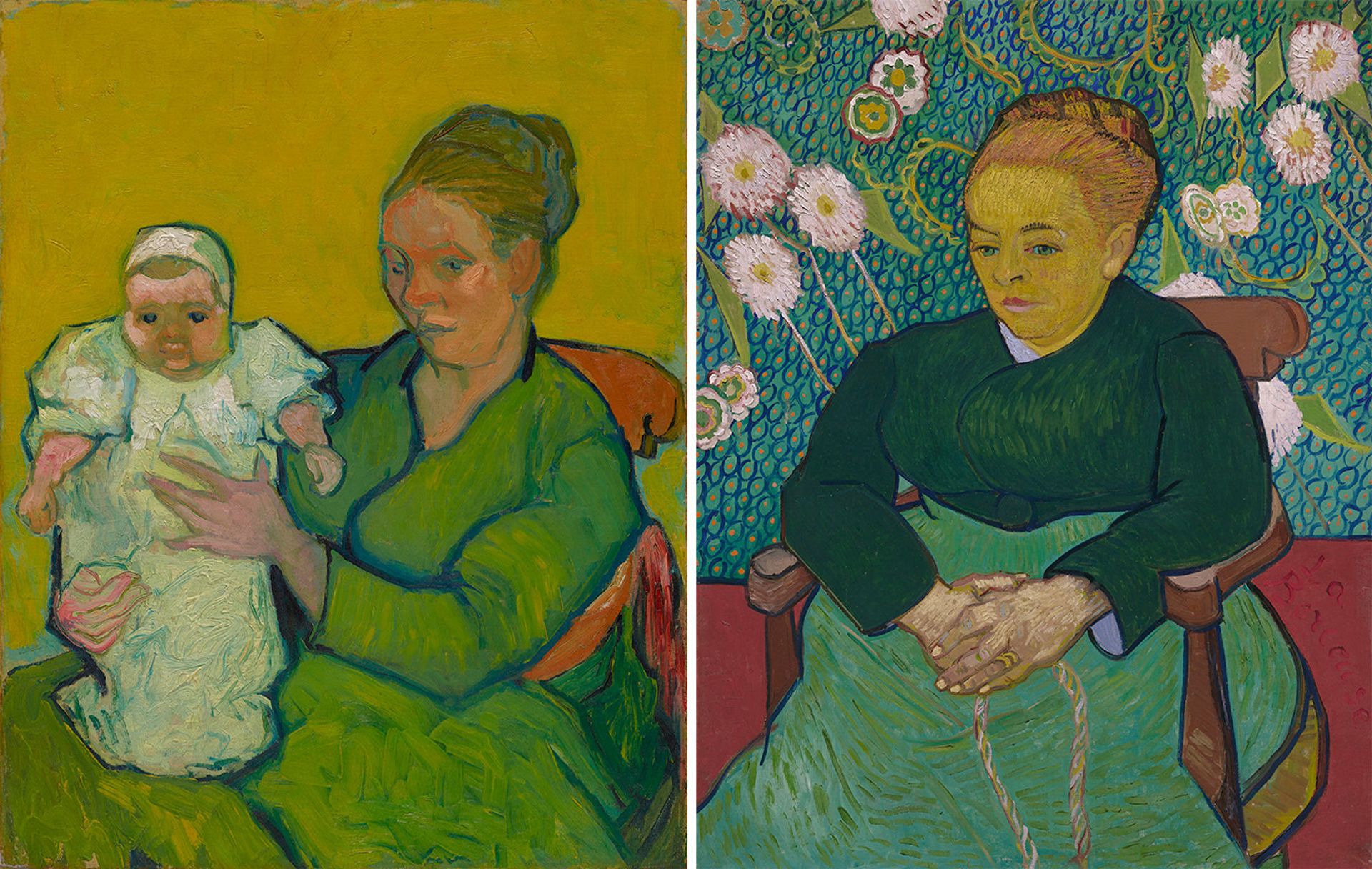
Van Gogh’s Portrait of Madame Augustine Roulin and Baby Marcelle (December 1888) and La Berceuse (The Lullaby) (January 1889) © Philadelphia Museum of Art (bequest of Lisa Norris Elkins, 1950) and Museum of Fine Arts, Boston (bequest of John T. Spaulding)
Van Gogh also painted Roulin’s wife Augustine, who gave birth on 31 July 1888. In early December he depicted her with her baby, Marcelle. Shortly afterwards he began a more stylised composition with Augustine holding a cradle rope, a picture he entitled La Berceuse (The Lullaby). Van Gogh’s enforced hospitalisation interrupted his work, but he later completed four copies. The first version, normally in Boston, is temporarily on view in London, in the National Gallery’s exhibition Van Gogh: Poets & Lovers (until 19 January 2025).

Van Gogh’s portraits of the children: Armand, Camille and Marcelle Roulin (all December 1888) © Boijmans Van Beuningen Museum, Rotterdam (acquired from D.G. Van Beuningen) (Armand) and Van Gogh Museum, Amsterdam (Vincent van Gogh Foundation) (Camille and Marcelle)
Van Gogh also painted portraits of their three children: Armand (then aged 17), Camille (11) and Marcelle (four months).
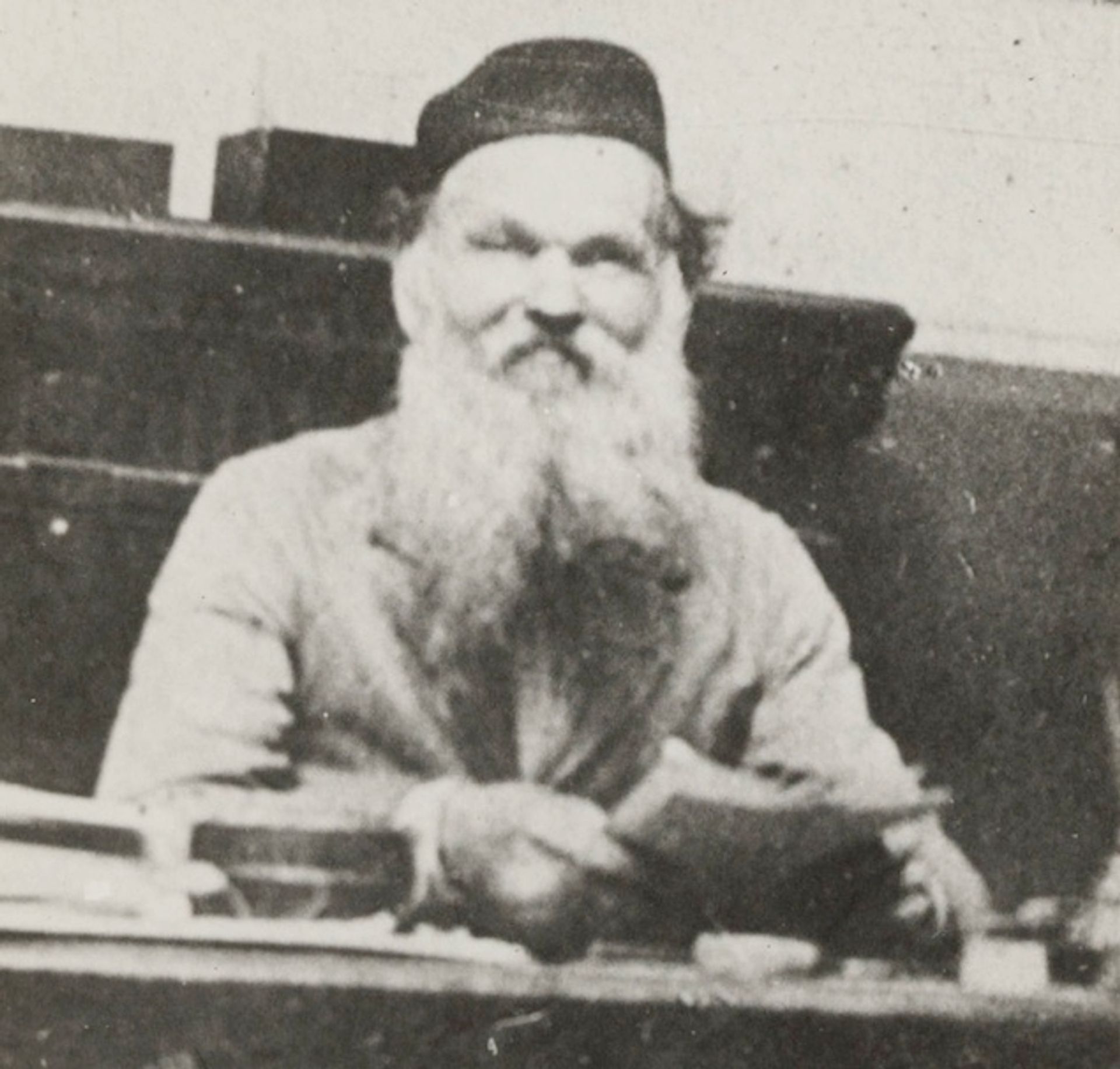
Joseph Roulin (1902, aged around 61)
Roulin died in Marseilles in 1903. His youngest child, Marcelle, was to eventually become one of the last people alive whom Van Gogh had known: she died in 1980, aged 91. Of course she had no direct memories, being an infant when the artist was in Arles, but as a child she would have heard her parents speak of the artist.
In 1959 Marcelle wrote to Theo’s son Vincent, saying that her father, the postman, had sold six paintings they had been given by Vincent. These were bought in 1900 by the Paris art dealer Ambroise Vollard for just 450 francs (then £18, or £3 each).
The nearest I myself got to the Roulin family was meeting Jacques Chabot, the great-grandson of the postman’s sister Baptistine. Chabot, who died in 2013, had known Marcelle when she was elderly.
Vincent was delighted with the portraits of the Roulins. On 1 December 1888 he wrote with great enthusiasm to Theo: “I’ve done the portraits of an entire family, the family of the postman whose head I did before – the man, his wife, the baby, the young boy and the 16-year-old son [who had actually turned 17], all characters and very French”.
Other Van Gogh news:
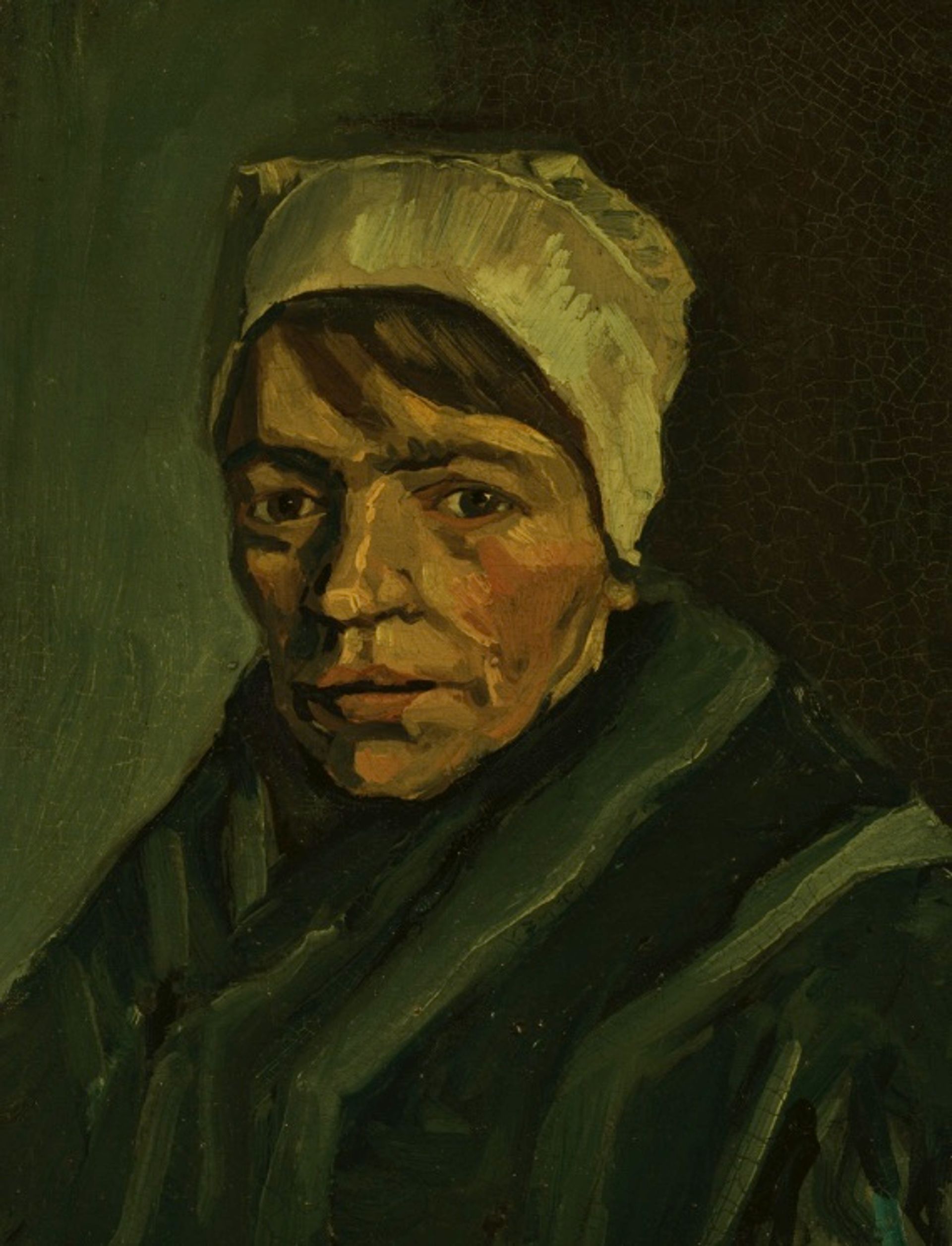
Van Gogh’s Head of a Woman with White Cap (January-February 1885) © Christies
• Christie’s sold Head of a Woman with White Cap (January-February 1885) for £1,855,000 on 9 October in London. The Nuenen painting has a fascinating provenance, since it was acquired in the early 1930s by the Swiss artist Cuno Amiet, who had been much influenced by Van Gogh in the 1890s and early 1900s. It was sold to raise funds for the Amiet Foundation, which promotes his work.
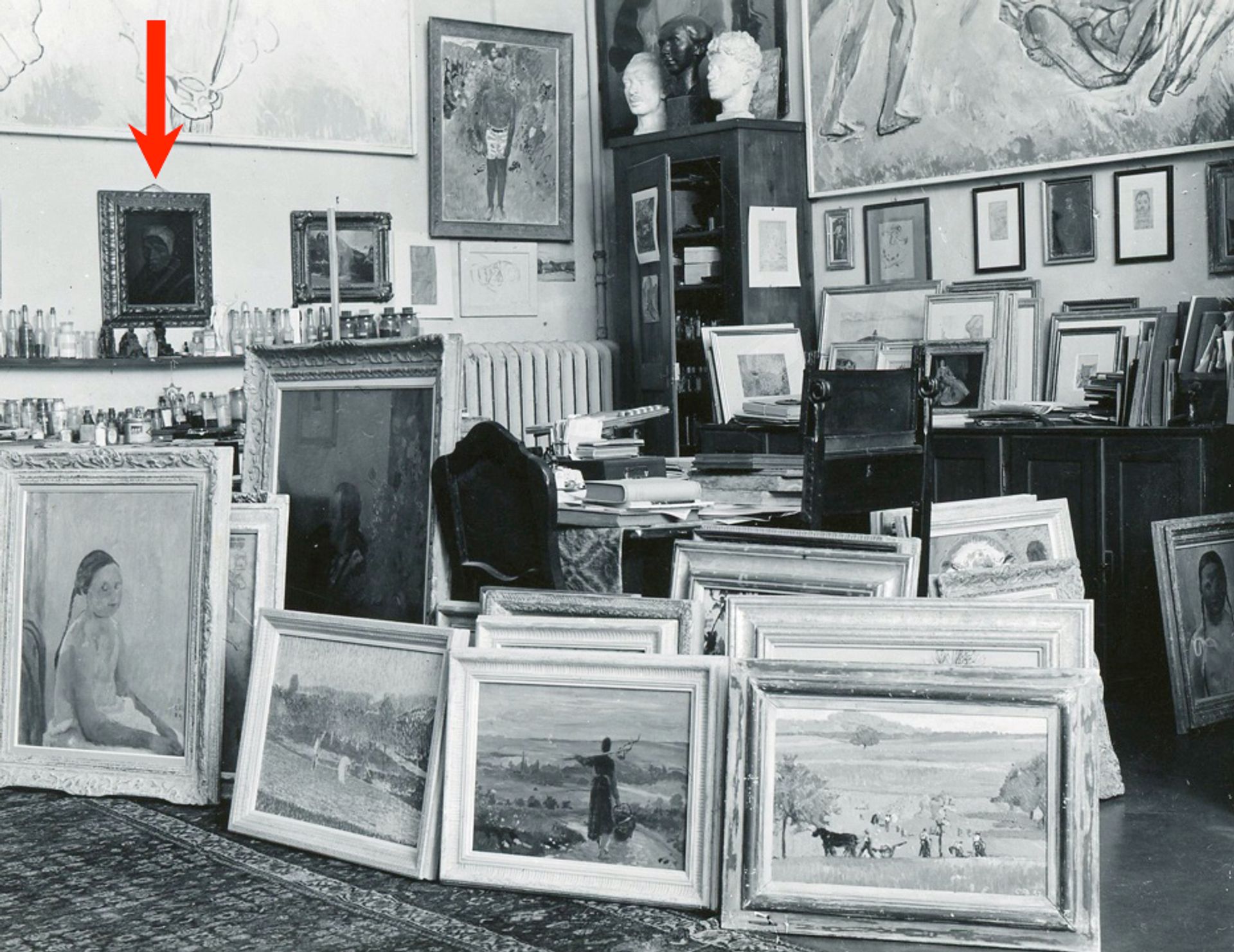
Cuno Amiet’s studio with Van Gogh’s Head of a Woman with White Cap hanging just above a shelf with his materials (indicated in red) © Amiet-Archiv, Fondation Cuno Amiet, Aarau
• The J. Paul Getty Museum in Los Angeles has opened its exhibition Ultra-Violet: New Light on Van Gogh’s Irises (until 19 January 2025). The show includes a digital reconstruction of what the picture might have looked like before the violet pigment in the flowers faded to blue.

Van Gogh’s Irises (May 1889), next to a digitally-made physical reconstruction (on easel). Although the difference is subtle, the new image shows the flowers more like the original violet rather than their now bluish tone, caused by fading © J. Paul Getty Museum, Los Angeles


